Story Telling on Digital Platforms:
- Story Telling on Digital Platforms has become part of regular routine by every section of the society and let’s see what Journalists, Entertainment, Brands, Nonprofits, Government and Academia are telling stores successfully online.
- a) Journalists, using digital media, introducing new topics into the public dialogue and giving stories longer life cycles than before.
- b) Entertainment industry, increased competition and de¬creased funding for the production of compelling stories about social impact.
- c) Brand strategists, creating an organisational strategy and a culture that empowers every staff member to create and value the role of stories in their work.
- d) Nonprofits and business telling stories coming from the people impacted by the work with best ideas on the best digital tools to capture and share stories with a wider audience.
- e) Government and academia using digital skills gap in social impact organisations and the need for training services and metric-driven.
For the purpose of today’s article, let’s concentrate more of storytelling from the Non Profit organisations perspective and the most important elements are (a) Approach (b) Capacity (c) Digital Content, (d) Digital Platforms (f) Assessment:
- a) Approach:
- Non Profit organisations often directly jump into digital storytelling without articulating clear mission and goals, understanding the interests and motivations of the audiences, or setting assessable goals and objectives. Effective stories inspire people for non profits by creating human connection and emotion attached to it.
- Non Profit mandatorily needs to builds a community of support to expand its reach and resources. Non Profit organisations must offers content, connections and opportunities for action. Supporters should be able to get inspired to spread the word and engage others and resulting community offering support in the form of ideas, energy and resources.
- Ultimately , you must able to capture what they need, what they care about the cause and do they understand the problem and solution , do they Feel a sense of urgency and do they know how to help
- b) Capacity:
- The most meaningful digital stories come from people with authentic and insightful experiences to share, even though they may not be skilled storytellers.
- Develop processes and tools to help all members assess their needs for storytelling talent.
- Provide resources to connect non-profit organisations with content-producing talent, technical assistance and training.
- Establish thought leadership forums to elevate the practice of storytelling in the non-profit sector through awards, conferences and public discussion.
- Educate all members about the impact potential of organisational requirements for, effective digital storytelling by sharing examples of storytelling that helped organisations achieve meaningful goals
- c) Digital Content:
- In millennial world of hyper-competitive media environment, only the most captivating content gets noticed and shared.
- Provide a processes and tools that guides content creators through the steps of crafting stories that motivate and engage people and issue a call to action.
- Share best practices along with motivating use case or studies that has persuasive digital content on a variety of topics you work or operate.
- Ultimately, every Non-profit must be associated with a cause (a problem) which has a solution and people are benefited with goals that we have and everyone has a call to action.
d) Digital Platforms:
- Many processes and tools exist that enable storytelling on digital platforms for non-profits and the important are that help with creation, collection and curation, as well as processes and tools to help connect experienced storytellers. All non-profits have different needs based on target audiences, capacity and resources, and should make choices accordingly: There’s no one size fits all solution.
- Develop a process or a tool that helps all to determine which digital platforms will help them reach their target audiences and learning how to engage with those audiences. Some of them are (i) For CMS/Blogging, Word press could be of best choice and you can go for php or other technologies just in case you have enough budgets and people in place (ii) For Email, you could use Mail Chimp or Constant Contact (iii) For Social Media, you could use Twitter, Facebook, Tumblr, LinkedIn (iv) For Video & Audio, you could use YouTube, Vimeo and TikTok
e) Evaluation:Non-Profits that evaluate the impact of their digital storytelling accurately can learn what’s working and strengthen their digital storytelling.Google Analytics is super good toll and let one of your active member through it on a regular basis and review the results in the board meets . Facebook, Instagram and all other social media sights have Insights that makes it easy to experiment, and that process may help you learn about what will perform. Constant Contact is another great tool that a lot of non-profits have but don’t use effectively for evaluation.
- Create guidelines on how to set impact goals and non-profit digital storytelling objectives.
- Share case studies with appropriate metrics and Key Performance Indicators to track.



